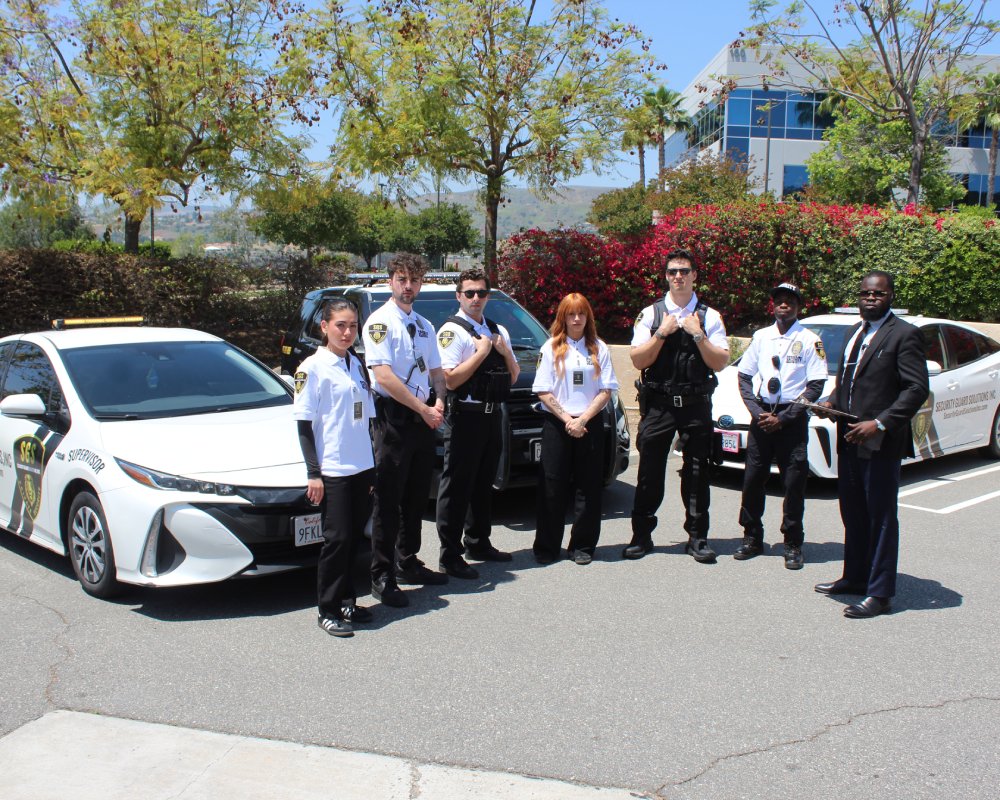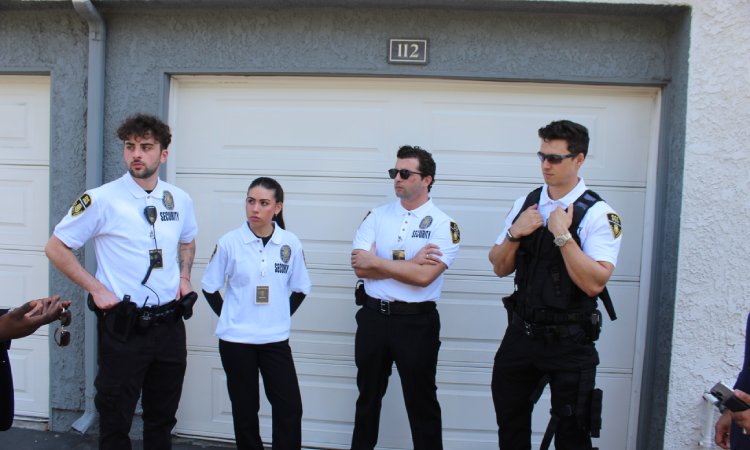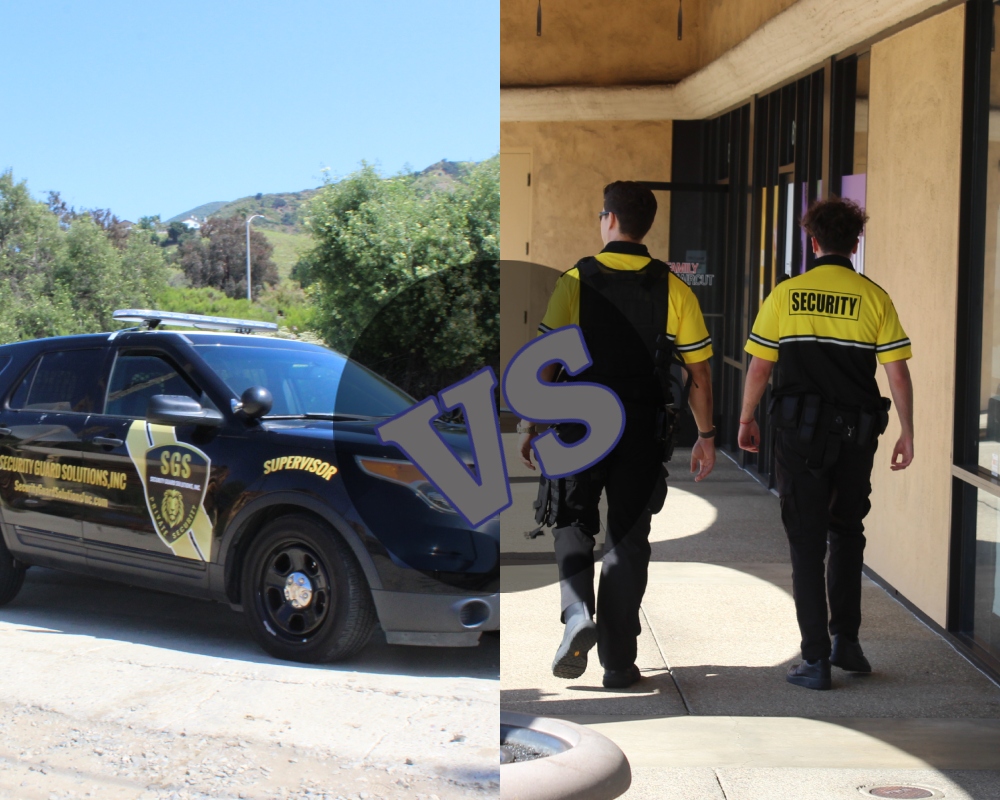When most people think of personal security, they picture a tall, serious-looking guard walking a few steps behind a VIP figure. It’s a familiar image, but it barely scratches the surface of what real protection looks like.
Due to the recent attacks on public figures, the need for real protection is very urgent. In fact, personal security for CEOs has surged nearly 60% in just two years. Two major approaches to VIP security are hiring bodyguards and executive security. They might seem similar, but they are quite different.
Many people use “bodyguard” and “executive protection” as if they’re the same thing. They’re not. The difference isn’t just in the title; it’s in the entire approach, the preparation, and the purpose behind it.
In this blog, we’ll unpack what sets executive protection vs bodyguard apart, when each makes sense, and how the right choice can make all the difference for high-profile individuals, corporate executives, and event organizers.
What is Executive Protection?
Executive protection is a layered, proactive program designed to manage risk. It includes threat assessment, advance travel planning, secure transport, coordination with local teams, and, importantly, intelligence work. When we provide executive protection services, we are thinking in terms of weeks and months of planning, not just hours on the day.
For example, if an executive travels to multiple cities in a week, we will survey venues, map routes, coordinate with local authorities, and set up redundancies, so one incident does not derail the whole schedule. That long view and the team-based approach are what truly define the difference in executive protection vs bodyguard coverage.
Stay Ahead of Every Threat with Executive Protection
Protect your executives, assets, and reputation with proactive, intelligence-driven security solutions.
What Does a Bodyguard Do?
A bodyguard is the person on the ground, the visible defender who stays close, protects physical space, and reacts to immediate threats. Typical tasks include protective escort, defensive driving, observing crowds, and physical intervention if required. Bodyguards are trained to read body language, respond quickly, and maintain calm under pressure.
Quick checklist of common bodyguard duties:
- Immediate response to assault or intrusion.
- Escorting through crowds and to secure vehicles.
- Managing access and maintaining a secure perimeter.
- Close-in protection, staying within arm’s reach when needed.
When you need someone for a single event or a short appearance, bodyguards are usually the practical choice.
Executive Protection vs Bodyguard: Core Differences Explained
Now that we’ve covered the basics, let’s dig into the details. Understanding executive protection vs bodyguard isn’t just about who walks the closest; it’s about how each role works.
Moreover, the mindset behind it, and the protection it delivers. We’ll step through where they align, overlap, or differ.
| Executive Protection | Bodyguard | |
|---|---|---|
| Scope | Focuses on planning, intelligence, and prevention. | Ensures immediate personal safety. |
| Approach | Proactively prevents threats before they happen. | Reactive, responds to danger in real time. |
| Team vs Individual | Involves a coordinated team. | Usually one-on-one protection. |
| Cost & Complexity | Higher cost, long-term risk reduction. | Lower cost, short-term coverage. |
| Technology & Intelligence | Uses data, communication tools, and logistics. | Relies on awareness and quick response. |
If you’re asking about the difference between close protection and bodyguard, think of close protection as a broader discipline that often aligns with executive protection, combining planning and proximity to keep someone safe. In practice, the two often complement each other.
Pros and Cons: Executive Protection
Let’s look at the pros and cons of executive protection, showing how careful planning and team coordination can prevent risks, while also noting where it demands more time and resources.
Pros
- Comprehensive risk reduction for recurring travel and public roles.
- Scalable, adaptable to changing threat levels.
- Prevents incidents through advance work.
Cons
- Requires time to plan effectively.
- Greater logistical needs, therefore higher cost.
For those reasons, professional security services for VIPs are particularly valuable for executives and public figures with ongoing exposure.
Pros and Cons: Bodyguards
Here are some of the pros and cons of bodyguards. So, you can understand when a visible, hands-on approach works best and when it might fall short for more complex security needs.
Pros
- Flexible for short events or single-day assignments.
- Immediate physical presence, strong deterrent effect.
- Lower upfront cost compared to a full protection program.
Cons
- Limited for complex or emerging threats.
- Reactive by nature, less preventive intelligence.
If you need visible, straightforward protection for a short engagement, bodyguard services make sense. But, they might not be sufficient if travel, publicity, or specific threats are part of the picture.
Executive Protection vs Bodyguard: When to Choose Which?
Ask yourself a few simple questions:
- Is the person likely to be a recurring target?
- Do they travel frequently across cities or borders?
- Do they need high discretion or a low public profile?
- Is there tolerance for longer planning cycles and higher cost?
If the answer is yes to several, go for executive protection because it addresses risk over time. If the need is for single-event visibility or a short appearance, a bodyguard will often do the job efficiently.
How Security Guards Solutions INC. Helps
At Security Guards Solutions INC., we approach protection with careful planning and coordination. Some situations require a single bodyguard for close, visible security, while others call for a full team to manage more complex scenarios. In our experience, executive protection is about more than just presence; it’s about anticipating risks, coordinating logistics, and ensuring every detail is accounted for.
For high-stakes situations, executive protection for high-risk security emphasizes intelligence, route planning, and proactive threat management. Behind it all, the role of private security teams is crucial: each member contributes specialized skills so that clients can carry on with confidence, knowing their safety is managed comprehensively and seamlessly.
Conclusion
The practical difference comes down to scope and intent. Executive protection reduces exposure before incidents happen, while bodyguards manage and respond to immediate dangers. Often the best result comes from combining both, tailored to the person and the situation.
When considering personal or corporate security, it helps to start with a clear assessment of your needs. From there, you can decide whether a single-person solution or a coordinated team is the right fit.
Get Personalized Protection You Can Rely On
Let us design a protection plan that fits your schedule, risk profile, and requirements.









